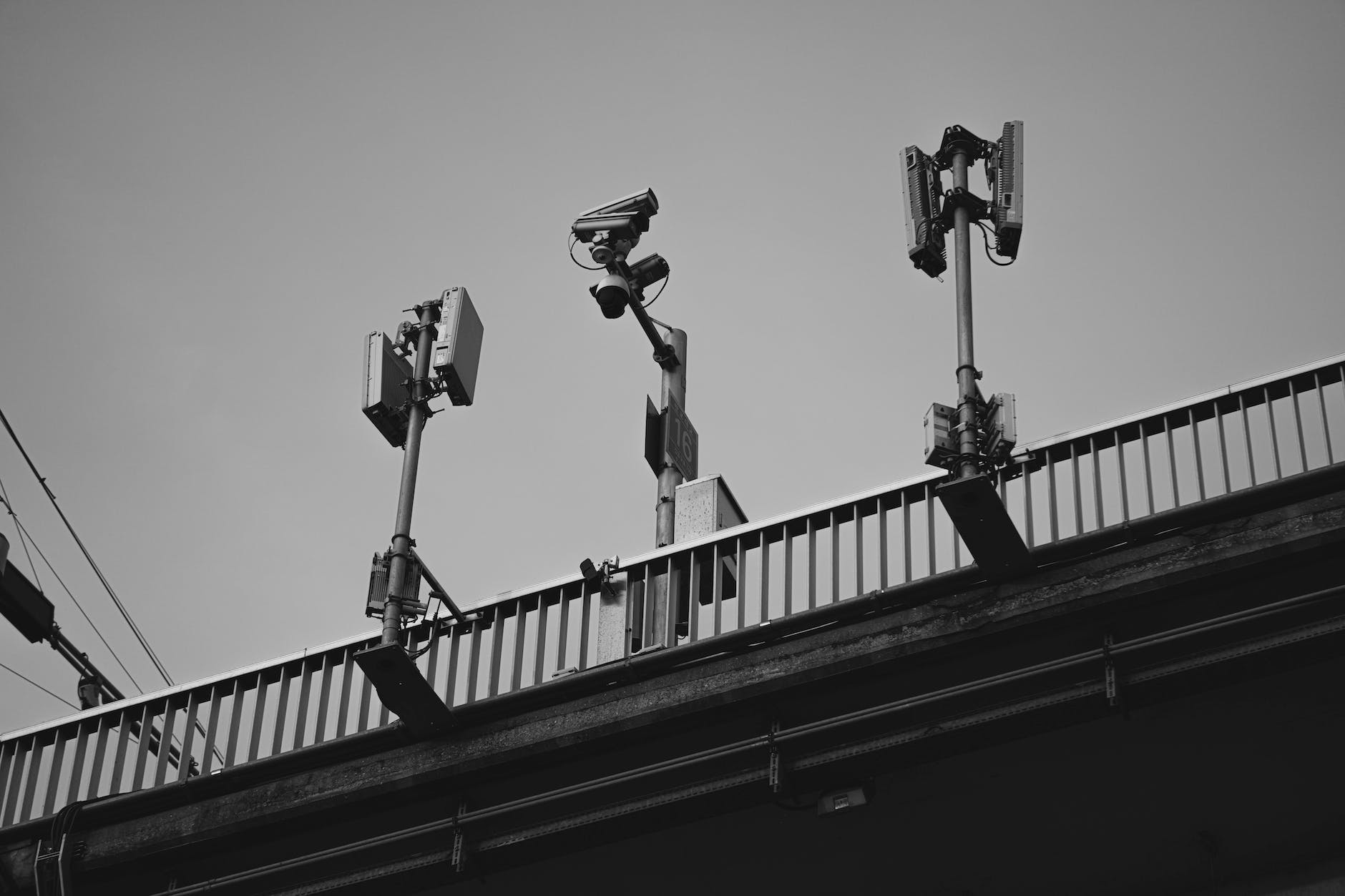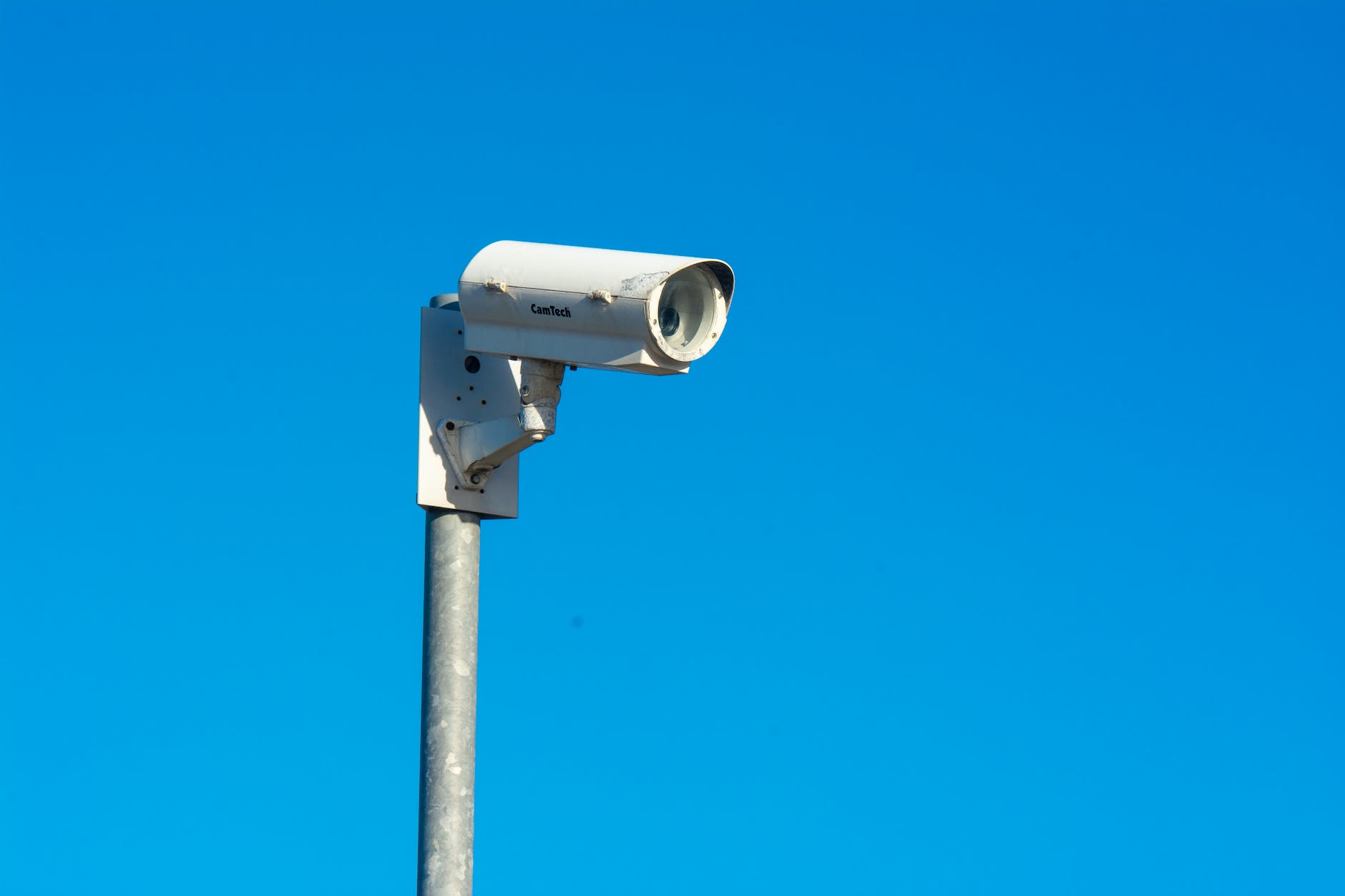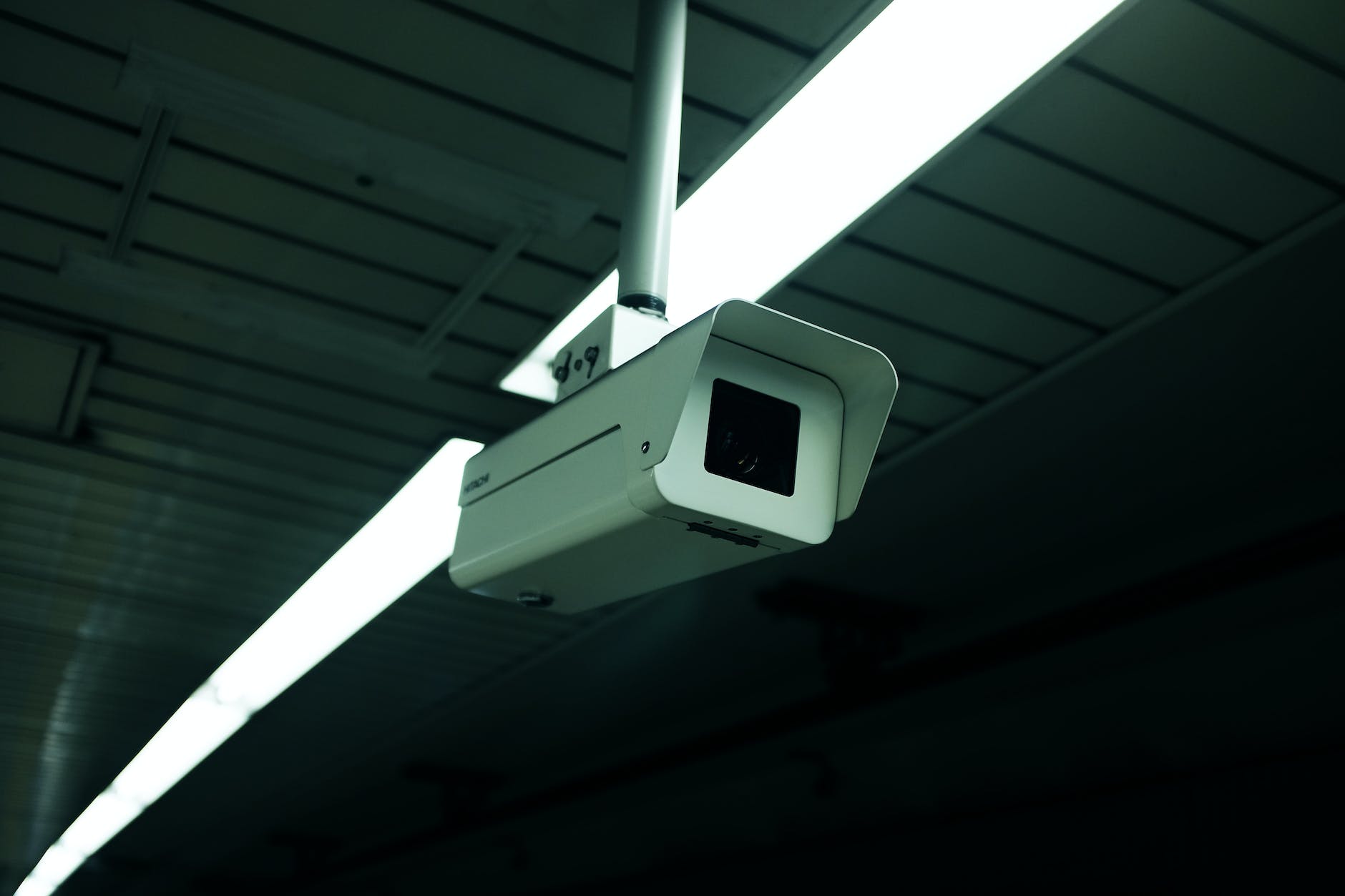
Long-Range Cameras
Nowadays, the safety of our private assets is more critical than ever, and as the administrator of a responsible organisation, you are most likely interested in finding out the most effective ways to track your targets from a distance. Contacting the services of a company specialising in the production of modular long-range cameras could be one of the most inspired decisions for the organisation you run, and working with a manufacturer specialising in producing such cameras could be synonymous with success. Why should you be interested in long-range thermal cameras? You should because your goals are essential and should be safeguarded using the latest technologies available on international markets.
Are the objects you want to protect located in a geographical region known for harsh weather conditions? From long-wave infrared cameras to customised cooled MWIR solutions, your needs will probably require extra attention and gadgets that can be integrated into your company’s other surveillance systems. But what are the differences between LWIR and MWIR systems, and why should you invest in modular camera systems? In the following pages, we will try to answer all these questions and more.
They Could be Necessary
Thermal imaging technology has progressed enormously in recent decades, and today it has become a staple of high-level maritime and land security. Are you the owner of a private company that needs careful surveillance of its various locations in all conditions? Then a Pan-Tilt-Zoom camera equipped with different sensors and radar technologies could be ideal for your needs. And the same applies if you are a customer in the armed forces. Professional long-range cameras can be used to defend critical infrastructure, be used by naval or ground forces, be deployed at the borders of territories, or act as remote-surveillance tools for a specific perimeter.
What should you look at when choosing your military-grade camera systems? First, you need to select the right option for your use case. Are you an entity that needs short or medium-range surveillance? In this case, you may only need a camera chassis that supports uncooled thermal cameras operating in the LWIR wavelength. LWIR detectors can be an alternative to MWIR sensors, as they are generally cheaper and work better against atmospheric obstacles such as smoke or fog. However, MWIR is more effective when it needs to detect objects at distances over ten kilometres, which is why it can often be found in naval forces.
Look at the Wave-Length
The difference between MWIR and LWIR lies in the wavelengths at which the two technologies operate. Both cameras are infrared and can record heat sources from a considerable distance, but LWIR operates between 8 and 12 µm while MWIR operates between 3 and 5 µm. What does this mean? LWIR cameras can detect subtle differences in temperature and movement, which makes them ideal for tracking objects in a terrestrial environment, while MWIR cameras are more often used in the aviation and ship safety industry because they are effective at identifying high-temperature thermal signatures.
The difference in wavelengths in which the two technologies operate also affects the final resolution of the image. LWIR cameras generally have a lower resolution, but their thermal contrast is superior, so they are suitable for applications where multiple objects need to be identified against a fixed background. Because of this, even though they do not have as good resolution as MWIR cameras, long-range infrared solutions are often used in object surveillance.

Long-Range Cameras
MWIR cameras, on the other hand, are more accurate and are ideal for applications that require careful measurement of temperature differences between objects, which is why they are common in industrial and military applications. But this increased resolution also translates into a slightly higher price. Moreover, MWIR cameras, due to their shorter wavelengths, are more prone to atmospheric disturbances, which could affect the final recorded picture.
Why Choose a Professional Modular Camera?
Professional modular cameras have the advantage of being customisable to your needs. Do you need long-range cameras that can identify nearby objects or ones miles away? Then a PTZ camera module equipped with different fixed lenses may be ideal for your use cases. Modular camera modules could be customised with thermal cameras as well as with ones shooting up to 4k in low-light conditions, and their flexibility can be crucial to achieving your goals. Long-range cameras can be used in tandem with your already-implemented surveillance solutions. Last but not least, they could be equipped with optional equipment such as electronic image stabilisers or laser range finders to take their usability to a whole new level.

Long-Range Cameras
Where could you make use of these modular cameras? In short, anywhere there is a potential target for identification. Are you the administrator of a server room containing the corporate data of essential clients? Then the security of your complex must be at the highest level. A modular thermal camera system that is upgradeable with the latest imaging technologies on the market could be crucial to ensure constant surveillance of a fixed facility. Moreover, such a system could be used on a long-term basis, which can make it a favourable financial investment.
Do What’s Best for Your Organisation
Long-range cameras have become a staple of private and military surveillance, and modular thermal camera systems are among the latest advancements in technology over a hundred years old. The increased range of an MWIR camera system could be crucial for detecting dangers to your targets before they become visible to the naked eye, while the competence of LWIR systems could be ideal for your diverse range of use cases. Using the power of infrared wavelengths and high-resolution sensors, you could conduct close surveillance of your assets. And the safety of these assets is undoubtedly worth more than the cost of any thermal imaging system you might want to purchase.
You are a responsible person and most likely the administrator of a private or military agency/organisation that primarily wants to benefit from the latest land or sea surveillance technology. A PTZ camera station could be equipped to meet your specific requirements, something that could also directly influence how you use the system you purchase. In combat situations and fixed perimeter surveillance, a PTZ camera system module could be an excellent addition to your organisation and provide leverage synonymous with success.





